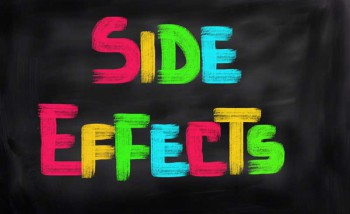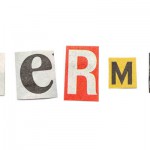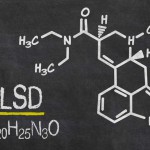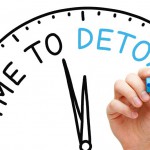LSD Usage, Statistics, Effects

Although LSD was developed for legitimate use in 1938, since it was made a Schedule 1 drug, there is no legitimate use for it in the U.S. Reports indicate that LSD, like other hallucinogens, is used experimentally, rather than regularly, often only once or a few times per year.
LSD is known to have the potential for bad trips and to be capable of creating flashback episodes in some users, even without repeated use. Flashbacks are more likely when the person is under stress.
LSD is found in a number of forms: tablets, capsules, liquid, gelatin shapes, on sugar cubes, or placed on absorbent paper. It is often abused in the context of nightclubs, raves, and concerts.
LSDStatistics
Information from the 2004 National Survey on Drug Use and Health (NSDUH) and the Monitoring the Future Survey from 2005 provide the following information.
| Grade | 2002 | 2003 | 2004 | 2005 |
| 8th grade | – | – | 1.8% | 1.9% |
| 10th grade | – | – | 2.8% | 2.5% |
8th & 10th | 3.8% | 2.8% | – | – |
12th grade | – | – | 4.6% | 3.5% |
Age 18-25 | 15.9% | 14.0% | 12.1% | – |
| All ages 12 and up | – | – | 9.7% | – |
2002 | 2003 | 2004 |
338,000 | 200,000 | 235,000 |
- visual, auditory, and tactile hallucinations
- a sense of increased creativity
- mood alteration
- a sense of insight and clarity
Unsought effects include:
- impaired depth and time perception
- distortion of color, size, and shape perception
- changes in sexual behavior
- bad trips, which can include very fearful experiences
- flashbacks
- delusions
- psychosis, like schizophrenia or severe depression
- occasional fatal accidents
The hallucinations caused by LSD are notable for the length of time they last – up to 10 – 12 hours. LSD is not addictive, but it does create tolerance, so that higher doses are needed to create the effects initially achieved with less. Since higher dosages increase the unpredictability of the effects and the likelihood of bad effects, this characteristic is extremely dangerous. Most users eventually minimize its use or cease to use it by choice.
- nlm.nih.gov
- emedicine.com
- drugabuse.gov
- whitehousedrugpolicy.gov
- drugabusehelp.com
- usdoj.gov
- deadiversion.usdoj.gov
- oas.samhsa.gov



